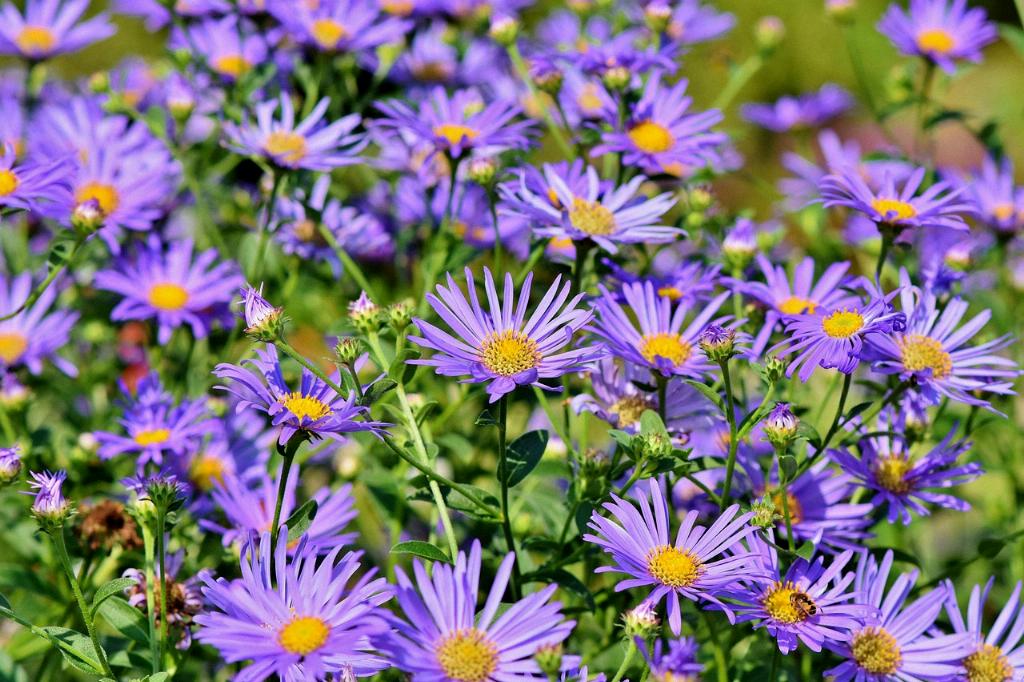When it comes to gardening and landscaping, understanding your specific growing zone is crucial for selecting plants that will thrive in your climate. In this article, we will delve into the nuances between Zone 9a and Zone 9b, shedding light on the distinct characteristics that define these two zones.
Zone 9a and Zone 9b are both classified as warm climate zones, offering relatively mild winters compared to cooler regions. However, the variance in average low temperatures between these zones plays a pivotal role in determining the types of plants that can flourish in each zone.
Zone 9a: Unveiling the Climate Traits
Zone 9a is characterized by average annual minimum temperatures that range from 20 to 25 degrees Fahrenheit. This relatively warmer climate provides a more hospitable environment for a diverse array of plant species that are sensitive to frost.
Gardening enthusiasts residing in Zone 9a can enjoy a longer growing season, with the ability to cultivate tropical and subtropical plants that thrive in mild winter conditions. Palms, citrus trees, and bougainvillea are just a few examples of plants well-suited for Zone 9a’s climate.
Zone 9b: Delving into the Climate Distinctions
On the other hand, Zone 9b features slightly higher average annual minimum temperatures, ranging from 25 to 30 degrees Fahrenheit. While still considered a warm climate zone, Zone 9b may experience occasional frosts that can impact more sensitive plant varieties.
Gardeners in Zone 9b have the opportunity to cultivate a broad selection of plants that can withstand slightly cooler temperatures compared to Zone 9a. Species like avocado trees, hibiscus, and oleanders are well-suited for the climate of Zone 9b.
Plant Selection Considerations
When selecting plants for your garden or landscape in Zone 9a or Zone 9b, it is essential to consider the specific temperature ranges and frost tolerance of each plant species. By choosing plants that are well-adapted to your growing zone, you can create a thriving and vibrant outdoor space.
It is advisable to consult with local nurseries or gardening experts to obtain guidance on suitable plant varieties for your specific growing zone. Additionally, conducting research on plant hardiness and frost tolerance can aid in selecting the ideal plants for your garden.
Conclusion: Embracing the Diversity of Growing Zones
In conclusion, the difference between Zone 9a and Zone 9b lies in the subtle variations in average low temperatures, which significantly influence the types of plants that can be successfully grown in each zone. By understanding the distinct climate traits of Zone 9a and Zone 9b, gardeners can make informed decisions when selecting plants for their outdoor spaces, ultimately enhancing the beauty and vitality of their landscapes.

